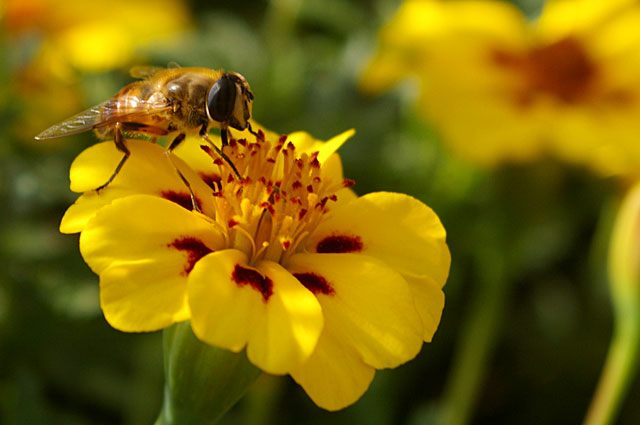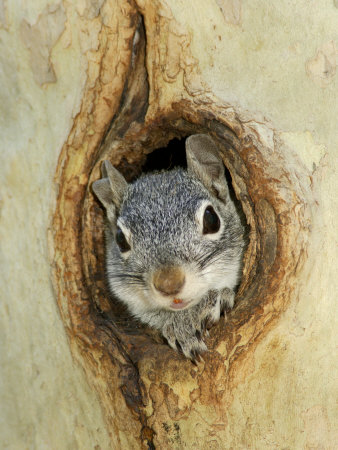A symbiotic relationship is used to describe biological interactions between many different species. In simple terms it is the relationship between two species living together. There are three main types of a symbiotic relationship that you should know and they are mutualism, commensalism, and parasitism. Mutualism is when the two species both benefit from the relationship. Commensalism is when one of the species benefits but the other does not benefit or get harmed from the relationship. And Parasitism is similar to commensalism as only one species benefits but is different because the other species is harmed.
Nair, Tulika. "Symbiotic Relationships." Buzzle. N.p., n.d. Web. 29 Apr. 2012. <http://www.buzzle.com/articles/symbiotic-relationships.html>.
An example of Parasitism would be a tapeworm inside the bobcat. The tapeworm benefits from the bobcat and feeds from it unlike the bobcat that is harmed from the tapeworm and loses nutrients.
This is an example of Mutualism because the bird and bee both benefit from their relationship. The bee gets nectar to make honey and pollenates the flower so it can reproduce.

"Bees: European honey bee ." Your Nature Photos of Animals Plants and Landscapes. N.p., n.d. Web. 29 Apr. 2012. <http://www.yournaturephotos.com/oneadmin/photogallery/European-honey-bee-/54/54/2643/0/Yes.html>.
This is an example of Commensalism because the squirrel benefits from the tree and uses it for shelter and can eat fallen acorns and nuts and doesn't harm the tree.

"squirrel in tree - Bing Images." Bing. N.p., n.d. Web. 29 Apr. 2012. <http://www.bing.com/images/searchq=squirrel+in+tree&view=detail&id=593F2ADF86874E3DA36C5BB3BD52640FB3EFE46C&first=0&FORM=IDFRIR>.
"european hedgehog and baby - Bing Images." Bing. N.p., n.d. Web. 2 May 2012. <http://www.bing.com/images/search?q=european+hedgehog+and+baby&view